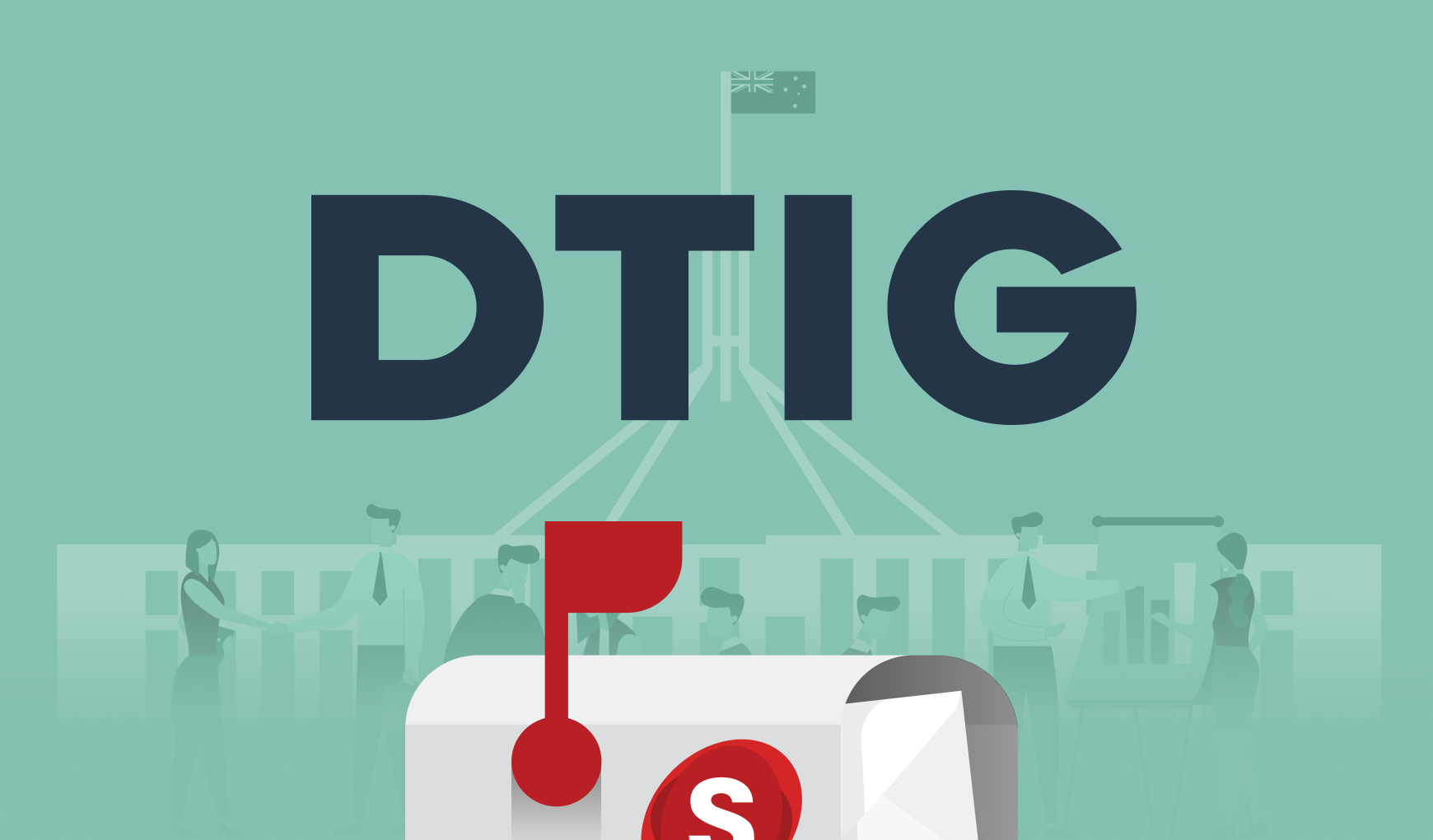Controlling traffic flow
Santa Clara County in California (the county that’s home to Silicon Valley) is doing some pretty impressive work in traffic management that benefits not just motorists, but also cyclists and pedestrians.
The traffic lights on major roads used to be set to three patterns — morning, afternoon and evening (a pretty common way of timing traffic lights). Now, the traffic signals are driven by real-time data, which is captured by hundreds of cameras and sensors and fed to Santa Clara County’s Traffic Management Center and up to the cloud for analysis. The data then informs the timing of roughly 130 traffic signals. This means traffic signals are now driven by actual traffic conditions rather than three static sets of projected conditions.
A civil engineer working on the project said one of the driving forces behind the tech solution was the fact that the roads can’t be widened any more, so they had to come up with smarter solutions (quoted in a Government Technology ).
Who benefits?
While motorists obviously benefit from better traffic flow, the Santa Clara system has also been set up for cyclists and pedestrians. Sensors in the pavement sense when a cyclist is approaching an intersection and can trigger a traffic light to stay green so the cyclist can get through the intersection.
Pedestrians also benefit, with traffic lights set to extend the crossing time if they sense pedestrians are still in the intersection. The roads in this case study are very wide (e.g. 10 lanes of traffic) and microwave sensors track pedestrians as they walk. If the crossing time is about to end and a pedestrian is still detected in the crossing, the crossing time is extended.
It’s also a good example of using technology to make the most of the roads and infrastructure we have, rather than spending large amounts of money on new roads — which ultimately benefits tax payers with reduced costs.
The technology behind it
The solution is an example of the Internet of Things (IoT), with devices and sensors being used to gather and send real-time data. The pedestrian crossing also relies on edge computing. Edge computing brings sensors closer to the users and allows data to be sent to nearby nodes rather than to a centralised location. The Verge has a good : “Edge computing is computing that’s done at or near the source of the data, instead of relying on the cloud at one of a dozen data centers to do all the work.”
The case study
The traffic flow case study was presented by Santa Clara County civil engineer Ananth Prasad, during the Internet of Things World Conference in Silicon Valley.
Salsa Digital’s take
There’s a lot of interesting and good work being done around transport and traffic management at the moment, lead by government departments driving digital transformation within infrastructure. This week alone we came across interesting ones on how traffic flow can be improved by autonomous (Cambridge University study) and how crowd sensors in train are being used to let people know which carriages have seats available (NSW case study). Transport and traffic management is one of the many areas of government that can use digital transformation to deliver efficiencies that are of real benefit to citizens.

